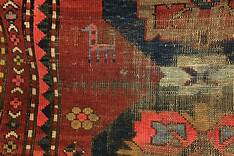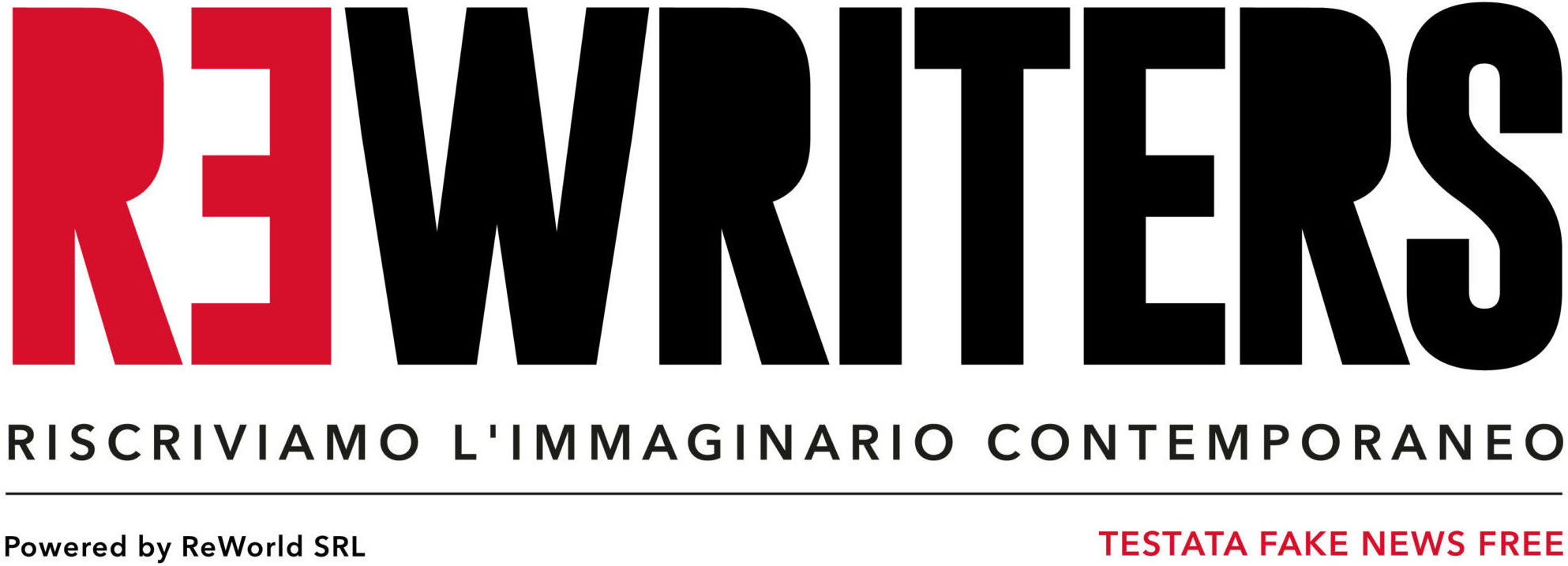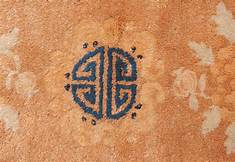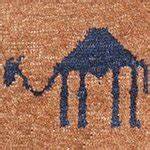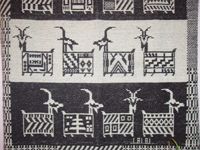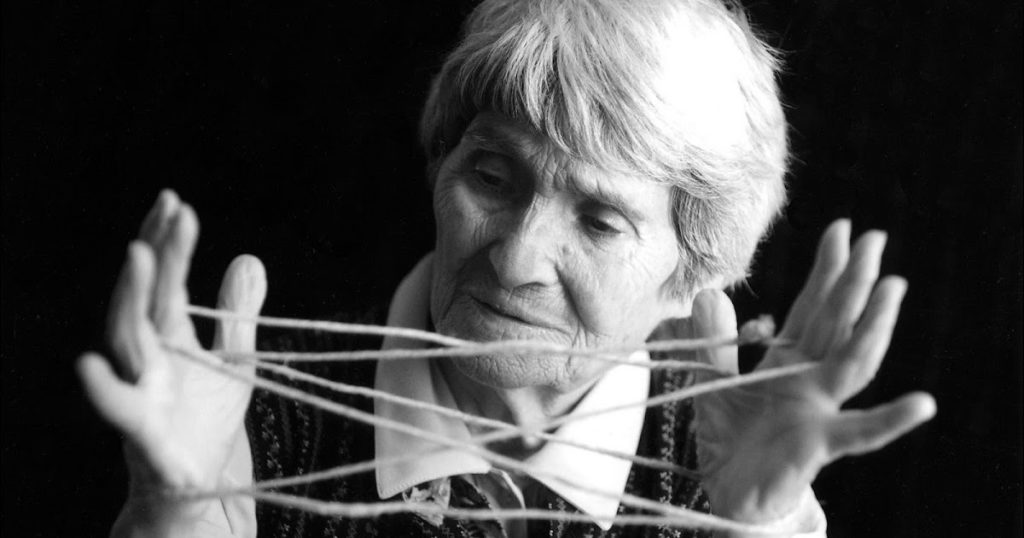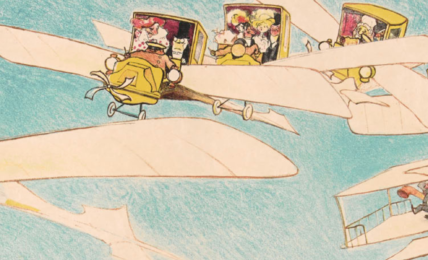A casa viaggio sul tappeto: 3 indirizzi per viaggiare su e dentro questo piccolo pavimento mobile
Il vero tappeto non è quello fisso sotto il tavolo, ma quel pavimento mobile che il nomade si porta dietro. Questo viaggio allora non è "su", ma "dentro" un tappeto. Nomade il tappeto, nomadi noi.
